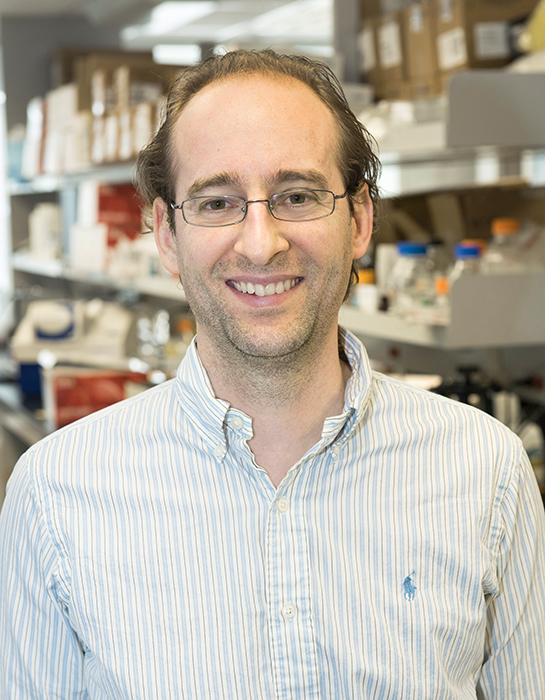 Dr. Andrés Finzi A
means to eradicate HIV infection, along with a vaccine to prevent its
acquisition, is the key method by which AIDS will eventually be
eliminated worldwide. The two goals are complementary, as several cure
strategies incorporate HIV vaccines and drug- or gene therapy-based
schemes into their attack on latent HIV reservoirs.
Dr. Andrés Finzi A
means to eradicate HIV infection, along with a vaccine to prevent its
acquisition, is the key method by which AIDS will eventually be
eliminated worldwide. The two goals are complementary, as several cure
strategies incorporate HIV vaccines and drug- or gene therapy-based
schemes into their attack on latent HIV reservoirs.
amfAR grantees Drs.
Alon Herschhorn of Harvard University and Andrés Finzi of Université de
Montréal, along with colleagues from McGill University and the
University of Pennsylvania, published a report in the March issue of the
Journal of Virology defining the structure and interactions of a key target of HIV vaccine design.
They
note that HIV, in constantly changing the character of one of its outer
envelope proteins known as gp120, effectively evades an infected
person’s immune system. But the virus needs to keep some regions of that
protein constant to enable it to interact with host cell membrane
proteins in order to enter a cell. The balance of these finely tuned
processes—HIV gaining entry into a cell while remaining under the radar
of the host’s immune system—is what Herschhorn and Finzi sought to
exploit.
 Dr. Alon HerschhornThe gp120 must simultaneously stay loosely joined to the
other virus envelope protein, gp41, while it binds to its cell receptor,
CD4. That gp120 binding then rapidly initiates a change in the
structure of the gp120-gp41 unit, enabling gp120 interaction with
another cellular co-receptor, usually CCR5. Only then is the virus
capable of infecting a cell.
Dr. Alon HerschhornThe gp120 must simultaneously stay loosely joined to the
other virus envelope protein, gp41, while it binds to its cell receptor,
CD4. That gp120 binding then rapidly initiates a change in the
structure of the gp120-gp41 unit, enabling gp120 interaction with
another cellular co-receptor, usually CCR5. Only then is the virus
capable of infecting a cell.
Herschhorn and associates discovered,
by a series of mutations in the HIV envelope, vulnerable sites in gp41.
A change in those sites decreased the likelihood of the structural
changes in the gp120-gp41 unit and increased the susceptibility of HIV
to attack by two drugs—so-called entry inhibitors.
The authors
concluded: “Knowledge of the envelope structure and the conformational
changes that occur after receptor engagement will help researchers to
develop an immunogen able to elicit antibodies that block HIV-1
transmission.”
Or, in simpler terms, it will help design a vaccine component (the “immunogen”) that is better able to prevent HIV infection.
Dr. Laurence is amfAR’s senior scientific consultant.